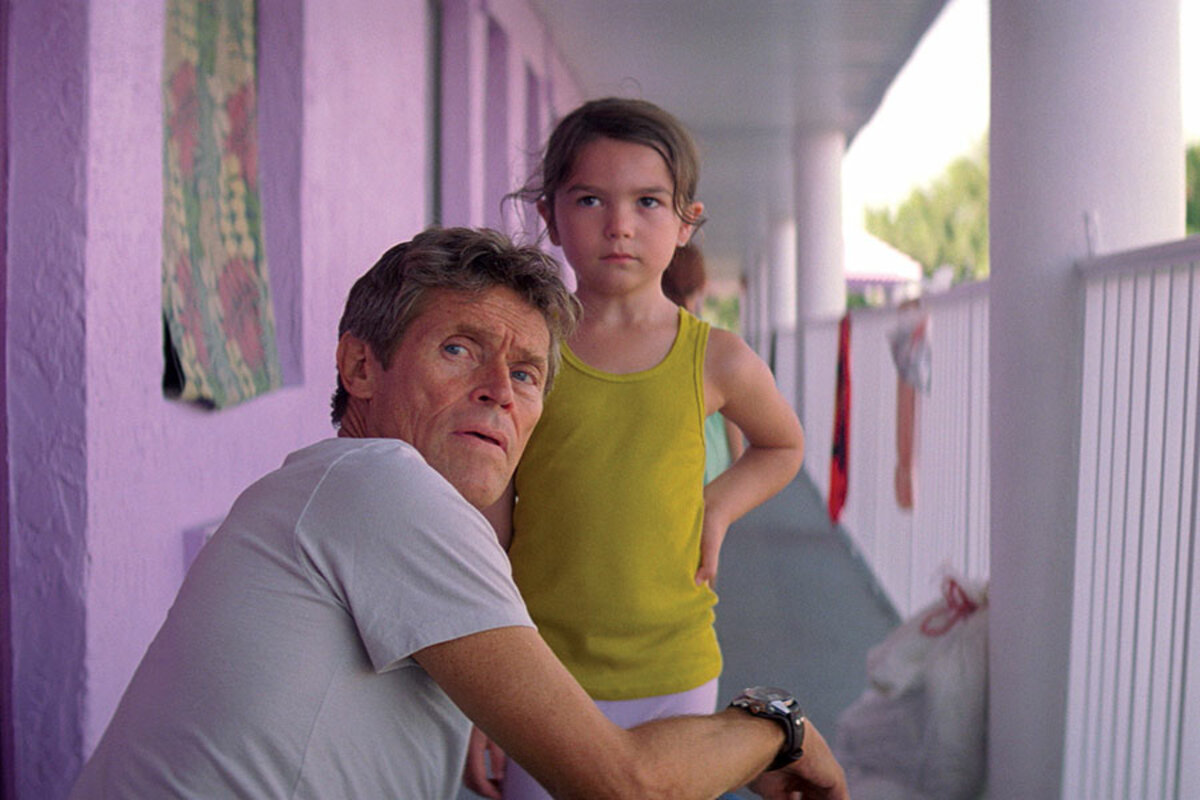Toronto International Film Festival report: Fewer movies but still front-loaded with Oscar bait
Loading...
The black limo pulled up in front of the Princess of Wales Theatre as throngs of screaming fans positioned themselves for the big moment. The passenger door opened and out stepped – Judi Dench. The 42nd annual Toronto International Film Festival, which screened 255 feature-length movies in 11 days, hosted many celebrities – George Clooney! Angelina Jolie! – but I found it oddly comforting that Dench, indomitable in her 80s and appearing here as Queen Victoria in “Victoria and Abdul,” should also rate the selfie treatment.
This year’s festival, it was announced beforehand, had 20 percent fewer films than last year. Apparently distributors and the press had been complaining that too many movies were getting lost in the shuffle. Not that I noticed much difference. The glut is, as usual, exhilaratingly overwhelming, the lines just as long. I saw close to 20 films, often three a day. More so than in previous years, it seems, the festival is front-loaded with Oscar bait. Increasingly Toronto has become the equivalent of the fall fashion line for Academy Award contenders, some of which already have distributors and release dates.
At least three such films – Darren Aronofsky’s “mother!,” a gruesomely effective horror thriller starring Jennifer Lawrence; Stephen Frears’s charmingly pokey “Victoria and Abdul”; and Jolie’s powerful “First They Killed My Father”– actually opened in theaters while the festival was still running. Their appearance here served little other purpose than to provide Oscar cred.
The opening night movie was “Borg McEnroe,” or, as many festivalgoers dubbed it, “the other tennis movie” – the other one being “Battle of the Sexes,” starring Emma Stone as Billie Jean King and Steve Carell as Bobby Riggs. (To add to the pileup, the US Open was being televised during the festival.) The Björn Borg in “Borg McEnroe” is played by a Swedish actor, Sverrir Gudnason, whose long locks are on full display. Shia LaBeouf, who was on his best behavior in Toronto, with no public tantrums, is bad boy upstart John McEnroe. It’s a serioso sports movie. Watching it, you’d think winning Wimbledon was tantamount to suiting up for D-Day. “Battle of the Sexes” is peachier but also preachier.
The big-ticket movies – the international film festival prizewinners, or those aiming for the Oscars – crowded the lineup early on. A few of these films had already been unleashed and reviewed at the recently concluded Telluride Film Festival, or in Venice, the end of which overlaps the beginning of Toronto. As I ticked off one highly-touted movie after another, I felt flummoxed in more than a few instances. The “buzz” at Toronto is a mixture of hype and holler and often bears little relation to the actual quality of the films. Guillermo del Toro’s “The Shape of Water,” which won the top prize in Venice, is a cold-war fantasia about a mousy mute, played charmingly by Sally Hawkins, who romances a water creature (think the Creature from the Black Lagoon, but artier) being held captive in a military facility. As more than a few of my colleagues kidded, “It’s ‘E.T.’ with sex.”
Ruben Östlund’s “The Square,” which won the Palme d’Or at Cannes in May, was another head-scratcher. Östlund previously made the terrific “Force Majeure,” and sections of his new film, which is about the bizarre travails of the director of a tony Swedish art museum, are first-rate. But this is also an otherwise realistic movie in which a character, with no explanation given, is seen co-habiting with a gorilla. Call me literal-minded, but might we know the reason why?
Alexander Payne’s “Downsizing” has a great premise and begins promisingly. In order to rescue the environment, Norwegian scientists have devised a way to shrink humans to about five inches in height. A suburban couple from Omaha, played by Matt Damon and Kristen Wiig, decide to take the plunge and join the expanding corps of the miniaturized living out their dreams in the comforts of a little-people community called Leisureland. But about halfway through, Payne shifts gears and the film turns into an eco-apocalyptic tract. He downsizes the film’s best possibilities.
Two filmmakers made their solo directorial debuts: Greta Gerwig’s “Lady Bird,” in which she does not appear, is about a high school upstart, self-nicknamed Lady Bird and played with antic energy by Saoirse Ronan, who aches to flee her stultifying life in – horrors – suburban Sacramento, Calif. It’s an audience favorite that is rather too adept at punching all the right buttons. George Clooney’s “Suburbicon,” about a black family that moves into an all-white suburban neigborhood, has a script co-written by Joel and Ethan Coen and stars the everpresent Matt Damon. It’s a bewildering mash-up of Coens-style film noir nastiness and a tract on racism in 1950s America. Aaron Sorkin’s “Molly’s Game” is about the real-life Molly Bloom, a Colorado cocktail waitress and former skier played by Jessica Chastain in her best ice queen mode, who becomes the empress of illegal high-stakes poker games in New York and Los Angeles. Few screenwriters are as adept at scenes in which characters vehemently tell each other off, but the wall-to-wall gabble proves exhausting after a while.
So what did I love at Toronto? Frederick Wiseman’s almost-3-1/2-hour documentary “Ex Libris: New York Public Library,” is yet another in this astonishing director’s roster of great movies about social institutions. But to characterize his film in that way is like saying “Citizen Kane” is a movie about politics. “Ex Libris” gets inside the workings of a great American resource and the many people whose lives are touched by it. It’s not only an ode to the New York Public Library and its many branches. It’s an ode to New York itself. It even comes with a message of sorts, never more timely, when a library director declares that “access to information is the fundamental solution to inequality in our times.”
Best by far of the narrative films I saw was Sean Baker’s “The Florida Project,” a lyrically discursive movie about a run-down motel and its run-down inhabitants near Disney World. Willem Dafoe plays, with great grace, the motel manager, but the remainder of the cast members are almost all nonactors. Baker, you may recall, once shot an entire feature, “Tangerine,” on iPhones. (Even more remarkably, it was terrific.) The movie features a remarkable roster of child actors, headed by the 7-year-old Brooklynn Prince, who gives one of the best performances I’ve ever seen from one so young. At his best, Baker rivals François Truffaut in his ability to get inside a child’s perceptions.
Florida, of course, was on many people’s minds in Toronto, even more so because the festival is a crucial gathering place for Miami’s film industry. The real world has a sneaky way of intruding on the hoopla. Real-world horrors are the basis for Angelina Jolie’s “First They Killed My Father,” based on the bestselling memoir by Cambodian refugee Loung Ung, who was 5 when, in 1975, the Khmer Rouge overthrew Lon Nol’s military rule and turned Cambodia into a killing field. She lost both her parents and two of her seven siblings. Jolie read the book and befriended Ung, who served as a co-producer on the film and who appeared onstage after the gala screening, seeming impossibly, inspiringly happy. I spoke afterward with Jolie, who told me that “one of the first things the Khmer Rouge did was kill the artists, and this is a testament to the power of artists.” She went on, “We had to show the horrors, but the film is not about horror. I made it for Cambodia, as a kind of thank you, a love letter.”
Oh, and what of Judi Dench? I met her, too. Sorry I didn’t get her to pose for a selfie with me, but, you know, she’s Judi Dench. Plus she’s playing Queen Victoria. I asked her what that was like, to play the queen for a second time. (The first was in “Mrs Brown.”) “Well,” she said, with her usual directness, “she’s just a human being, isn’t she?”







